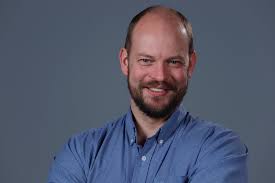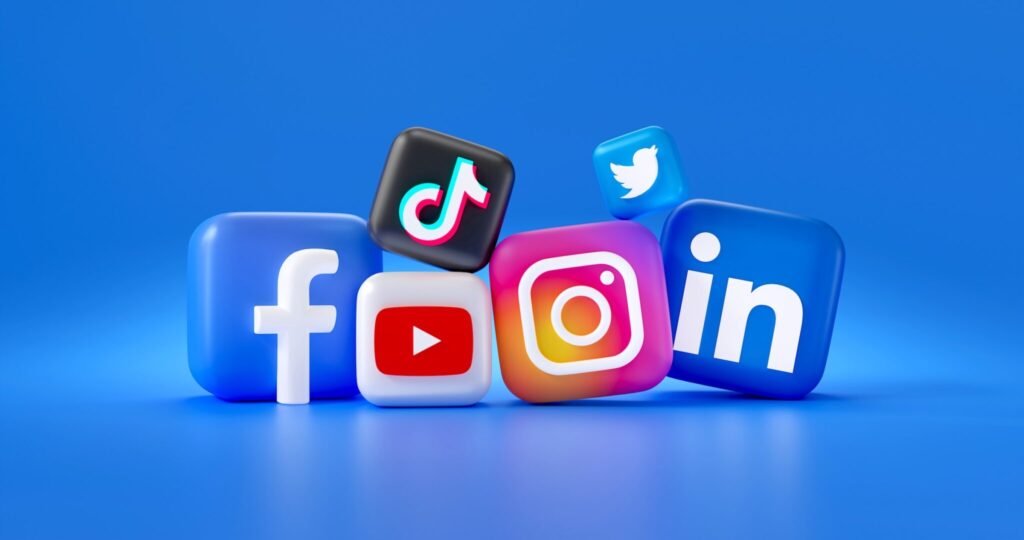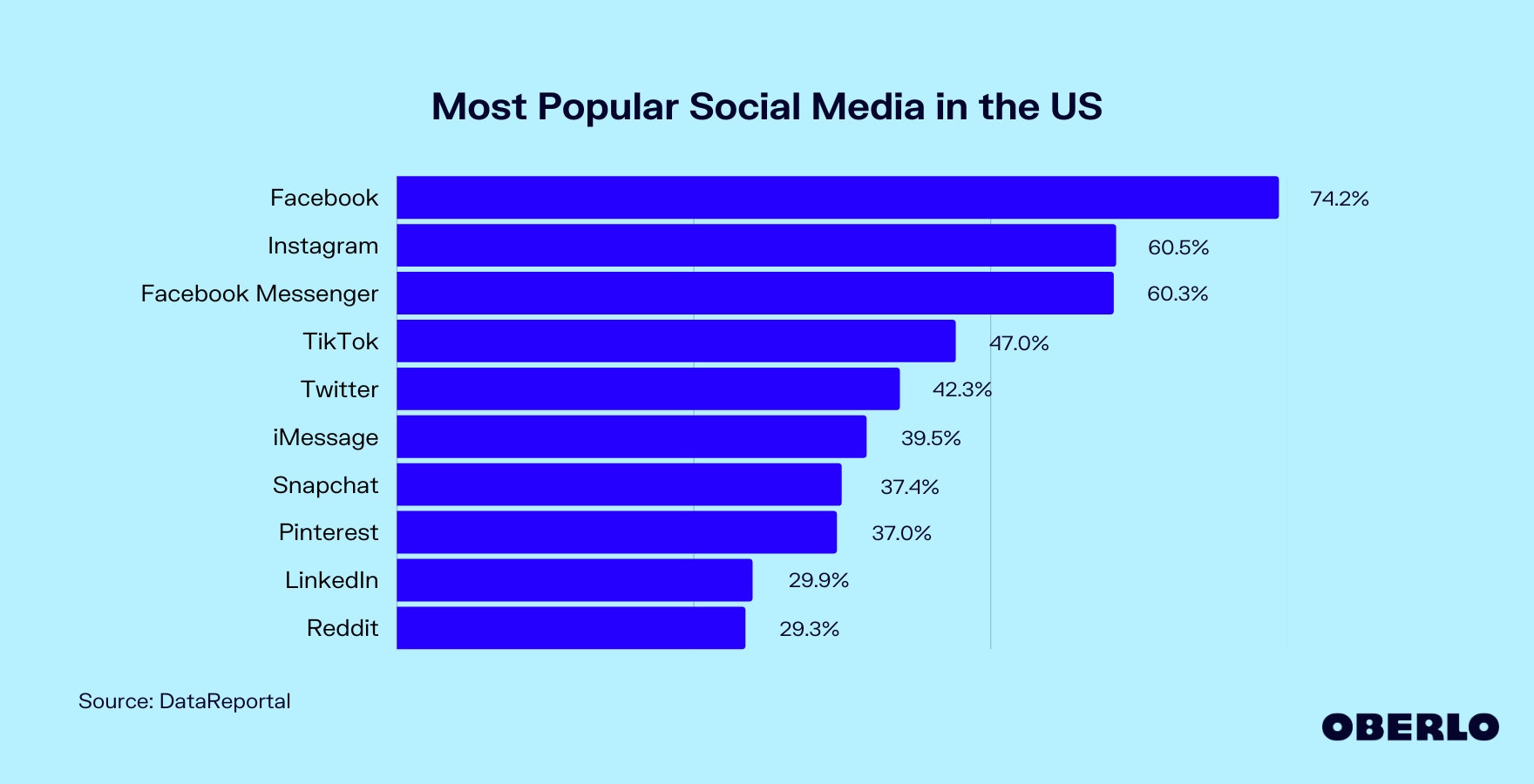Is Social Media Still Important For Local TV Audience Development?
Creative services directors and marketing managers at stations owned by Hearst, Nexstar, Scripps, Tegna and Morgan Murphy weigh in on how they’re using social media and the results they see.
One of the first Market Share columns on TVNewsCheck addressing the use of social media by local TV stations was published in April 2014.
And over the years, there have been dozens of Market Share articles about stations’ use of social media, mostly about Facebook. Instagram debuted in 2010 and TikTok in 2016.
Some of the articles profiled which stations were tops in the market on social. Some focused on turning social media users into TV news watchers. Some were about stations using news topicals on social, and some showed how TV stations used behind-the-scenes videos on social media.
But what about today? Which social media platforms are local TV marketers favoring, what are their goals and how are they measuring success?
I talked to creative services directors and marketing managers at stations owned by Hearst, Nexstar, Scripps, Tegna and Morgan Murphy to hear how they’re using social media and what results they see.

Brett Kenyon, creative services director at WAPT, Hearst’s ABC affiliate in Jackson, Miss., says Facebook is still the primary platform because it plays “to some of the older viewing generations, and where we tend to get the most engagement.”
Kenyon says on Facebook, the big push is “either to get them to download our app or, especially around sweeps with our TSRs (Targeted Special Reports), do a push to get them to tune in that night for the show.”
Kenyon says while it’s important to be on social media, its strength is more digital than broadcast.
“It’s a powerful tool for bringing in web traffic and app traffic,” he says. “You just don’t really see taking folks from social and bringing them to on-air. It’s two different audiences. We are not converting. It’s so much more of a digital play.”
One reason WAPT has trouble converting Facebook users into TV news watchers is the changing algorithm on Facebook, which makes the message “no guarantee you are going to reach your audience,” Kenyon says.
If the station could access all the people who have signed up to follow WAPT, and “we were reaching each of them every time we posted, it would be a gamechanger,” he says.
Kenyon says one way to work around the changing algorithm on Facebook is to create a live event on Facebook Live just minutes before your late newscast.
“Everybody following your page gets that alert that now we are live,” he says. “You could have an anchor go live at 9:55 and say here is what is coming up in five minutes. Be sure to tune in. That might be a possibility.”

At KOAT Albuquerque, N.M., Hearst’s ABC affiliate, the three primary social media platforms are “still the big ones between Facebook, Instagram and Twitter,” says Matt Montoya, KOAT’s creative services director.
Montoya sees the different platforms as brand connectors with the station’s talent in the hope it will lead to TV viewers.
“Our key talent are up front and center, and that is who people love to connect with, and that all helps us lead back to our primary platforms,” Montoya says. “People have learned to trust our people and our news product on the platform so that they will then turn to our linear signal when it matters most.”
Part of the station’s social media strategy is to produce messages around their investigative reports to push Facebook users to a linear broadcast, he says.
The message is not the promo created for broadcast, but one that “is social specific, curated for the platform, so it’s more of a one-on-one conversation,” he says. “We absolutely lead with the styles that have been instituted by social platforms like the closed caption style, text at the bottom of the screen because we know that people don’t necessarily listen to the audio, but it is positioned highly around our talent again as the key component to connect with the users on these platforms to hopefully convert them to a linear broadcast.”
Montoya says that because of the changing methodology on Facebook, he’s pulled back his advertising budget there.
“We feel like there’s better use for our advertising dollars out of home,” he says.

Don Smith, the marketing director at Tegna’s CBS affiliate in San Antonio, KENS, says he likes using Facebook because of its targeting ability to reach the audience KENS wants to grow in certain ZIP codes.
Smith says during sweeps, he can see spikes on nights where he’s used Facebook to promote to that targeted audience.
“Over the course of many, many books, you can tell that what we are doing is successful,” he says.
The marketing messages that generate huge success in the number of views are simply reporters talking casually to the audience,” Smith says.
He says KENS is constantly reviewing its social media process looking to improve ways to engage the audience.
“You have got to grab them in the first three seconds,” he says. “Be grabby off the top. We have really experimented with that and seen some success from just trying something different, seeing if it works, and improving the process every time we do another one.”
NOTE: This is the first part of a series concerning local TV marketers’ use of social media for audience development. Look for more from Kenyon, Montoya and Smith and from CSDs in Salt Lake City, Austin and Kennewick, WA.




No comments:
Post a Comment